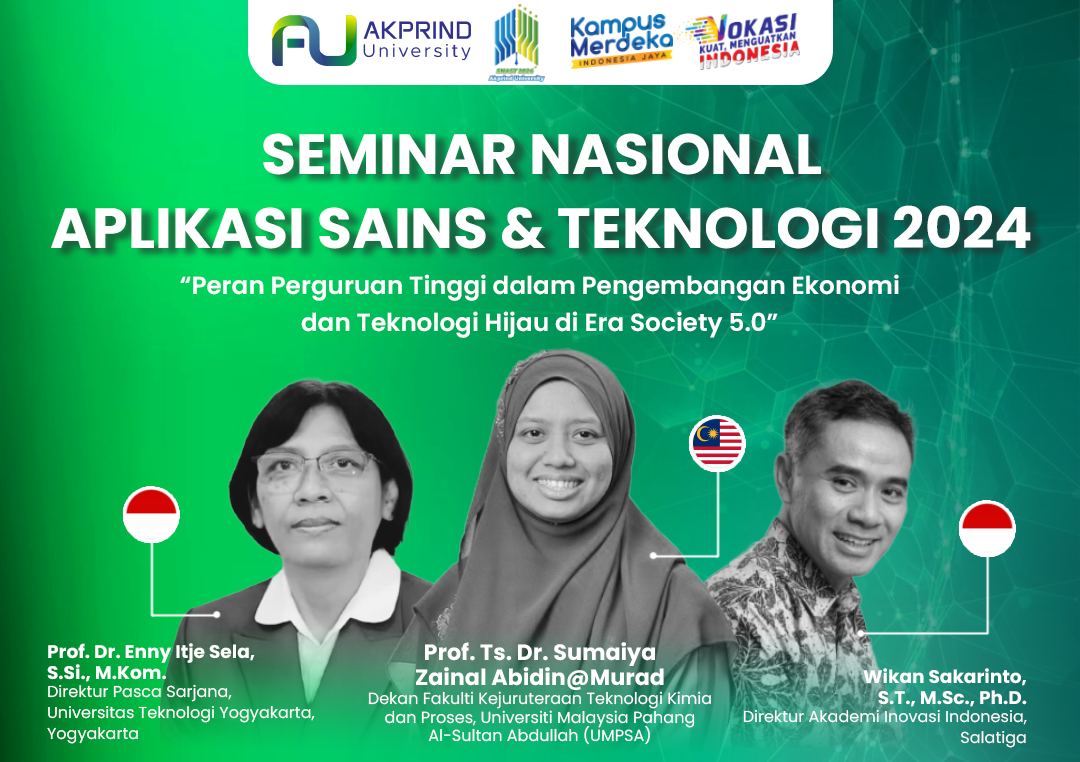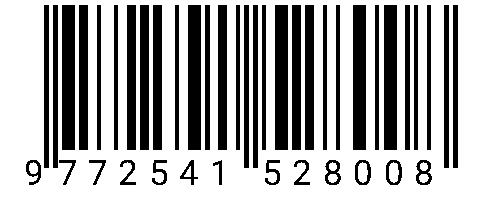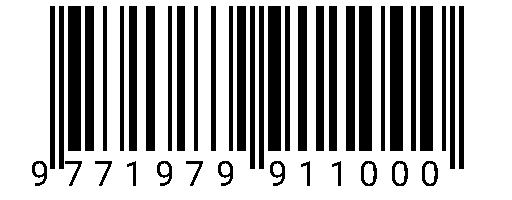OPTIMASI PENGGUNAAN ARANG AKTIF DARI LIMBAH BAGLOG JAMUR TIRAM (Pleurotus ostreatus) DALAM PENGOLAHAN MINYAK GORENG BEKAS: STUDI PENURUNAN KADAR ASAM LEMAK
DOI:
https://doi.org/10.34151/prosidingsnast.v1i1.4908Keywords:
activated charcoal, oyster mushroom baglog waste, used cooking oilAbstract
The potential for baglog mushroom waste in Bleberan Village, Playen District, Gunungkidul Regency is very large and has not been utilized properly, as well as the potential for used cooking oil waste. In this research, activated charcoal was made which was used as an adsorbent for free fatty acids in used cooking oil. The characterization of refined cooking oil is carried out based on SNI 7709:2019 including odor, color and free fatty acids. Measurement of the effectiveness of activated charcoal adsorption was carried out by varying the concentration of NaOH activator 1 N, 2 N, 3 N, 4 N, and 5 N, varying the granule size of 20, 40, 60, 80, and 100 mesh, and varying the mass of activated charcoal 2 g, 4 g, 6 g, 8 g and 10 g. The research results showed that optimum conditions were obtained at a NaOH activator concentration of 5 N with a grain size of 100 mesh and an activated charcoal mass of 8 g. In these conditions, used cooking oil experiences an increase in odor quality from abnormal to normal, color from brown to yellow, and a decrease in free fatty acids from 1.73 to 0.27%, so that it meets quality standards according to SNI 7709:2019
References
Alimah, D. (2021). Characterization of activated charcoal microstructure porosity of cashewnut shell (Anacardium occidentale L.). Jurnal Galam, 2(1), 16–28. https://doi.org/10.20886/glm.2021.2.1.16-28
Burhan, A. H. (2021). Narrative Review: Analisis Kadar Asam Lemak Bebas dan Kadar Air dalam Minyak Jelantah Sawit. Jurnal Ilmu Kesehatan Bhakti Setya Medika, 6(2), 73–82. https://doi.org/10.56727/bsm.v6i2.60
Febriyanti, L.D., Devianti,V.A, & Puspitasari.I., (2024). Analisis Asam Lemak Bebas dan Kadar Air Menggunakan Adsorben Kunyit dengan Pengaruh Lama Waktu Adsorpsi. Jurnal Kesehatan Yamasi Makassar, 8(2), 24–32. https://doi.org/10.59060/jurkes.v8i2.341
Fitri, A. S. & Fitriana, Y. A. N. (2020). Analisis Angka Asam pada Minyak Goreng dan Minyak Zaitun. In Sainteks (Vol. 16, Issue 2). https://doi.org/10.30595/st.v16i2.7128
Khoirunnisa, Z., Wardana, A. S., & Rauf, R. (2020). Angka Asam Dan Peroksida Minyak Jelantah Dari Penggorengan Lele Secara Berulang. In Jurnal Kesehatan (Vol. 12, Issue 2, pp. 81–90). https://doi.org/10.23917/jk.v12i2.9764
Koni,T.N.I, Foenay,T.A.Y, dan Jehemat, A., (2022). Kandungan Nutrien Dedak Padi Pada Lama Fermentasi Berbeda. Seminar Nasional Politani Kupang Ke-5, 26–31.
Lika, L. C. R., Luhtansa, S. S., Blaon, S. B., & Panjaitan, R. S. (2023). Comparison of Acid Numbers in Bulk and Packaged Cooking Oil Samples. Indonesian Journal of Pharmaceutical Research, 2(2), 22–26. https://doi.org/10.31869/ijpr.v2i2.4155
Linda Duwi Febriyanti, Vika Ayu Devianti, & Intan Puspitasari. (2024). Analisis Asam Lemak Bebas dan Kadar Air Menggunakan Adsorben Kunyit dengan Pengaruh Lama Waktu Adsorpsi. Jurnal Kesehatan Yamasi Makassar, 8(2), 24–32. https://doi.org/10.59060/jurkes.v8i2.341
Lubis, R. A. F., Nasution, H. I., & Zubir, M. (2020). Production of Activated Carbon from Natural Sources for Water Purification. Indonesian Journal of Chemical Science and Technology (IJCST), 3(2), 67. https://doi.org/10.24114/ijcst.v3i2.19531
Maharani, M. D. D., Ristianingrum, A., & Ayu, D. 2019. Partisipasi Petani Jamur Tiram di Agro Ecovillage untuk Mendukung Lestari Perkembangan, Kemajuan dalam Penelitian Ilmu Sosial, Pendidikan dan Humaniora Vol. 349, Hal. 313-316
Nasir, M (2020). Identifikasi Kualitas Beberapa Jenis Minyak Goreng Menggunakan Parameter Viskositas dan Indeks Bias. https://repository.ar-raniry.ac.id/id/eprint/32633/1/LP_PPK_2020-Muhammad Nasir.pdf
Nst, Z., Napitupulu, Y. R., & Silalahi, Y. C. E. (2020). Peningkatan Kualitas Minyak Goreng Bekas Menggunakan Adsorben Karbon Aktif Arang dari Tempurung Kelapa yang Diaktivasi dengan HCL. Herbal Medicine Journal, 3(1), 1–5.
Priambudi, A & Susanti, A. (2024). Proses Pembuatan Karbon Aktif Dari Serbuk Gergaji Kayu Dari Daerah Malang, Menggunakan Aktivator NaOH. In DISTILAT: Jurnal Teknologi Separasi (Vol. 10, Issue 1, pp. 256–265). https://doi.org/10.33795/distilat.v10i1.4885
Rahman, H., Sitompul, J. P., & Tjokrodiningrat, S. (2022). The composition of fatty acids in several vegetable oils from Indonesia. Biodiversitas, 23(4), 2167–2176. https://doi.org/10.13057/biodiv/d230452
Sa’diyah, K., Suharti, P. H., Hendrawati, N., Pratamasari, F. A., & Rahayu, O. M. (2021). Pemanfaatan Serbuk Gergaji Kayu sebagai Karbon Aktif melalui Proses Pirolisis dan Aktivasi Kimia. CHEESA: Chemical Engineering Research Articles, 4(2), 91. https://doi.org/10.25273/cheesa.v4i2.8589.91-99
Salman, N. (2020). Potensi Serbuk Gergaji sebagai Bahan Pupuk Kompos. Jurnal Koposit, 4(1). https://ejournal.uika-bogor.ac.id/index.php/komposit/article/view/3695/2064#:~:text=Serbuk gergaji mengandung komponen-komponen,Sari dan Damardi%2C 2016).
Sari, A. S. (2023). Produksi Minyak Jelantah di Indonesia Mencapai 1,2 Juta Kiloliter. Artikel di TRACTion Energy Asia.
Syahrir I, Sahraeni S, Kurniawan1A P. F. S. (2019). Efektivitas Pemurnian Minyak Goreng Bekas Dengan Adsorben Arang Aktif Sabut Kelapa Dan Ekstrak Bawang Merah (pp. 88–93).
Wijayanti, H., Nora, H., & Amelia, R. (2012). Pemanfaatan Arang Aktif Dari Serbuk Gergaji Kayu Ulin Untuk Meningkatkan Kualitas Minyak Goreng Bekas. Konversi, 1(1), 27. https://doi.org/10.20527/k.v1i1.106
Downloads
Published
Issue
Section
License
Copyright (c) 2024 Sri Sunarsih

This work is licensed under a Creative Commons Attribution-ShareAlike 4.0 International License.







